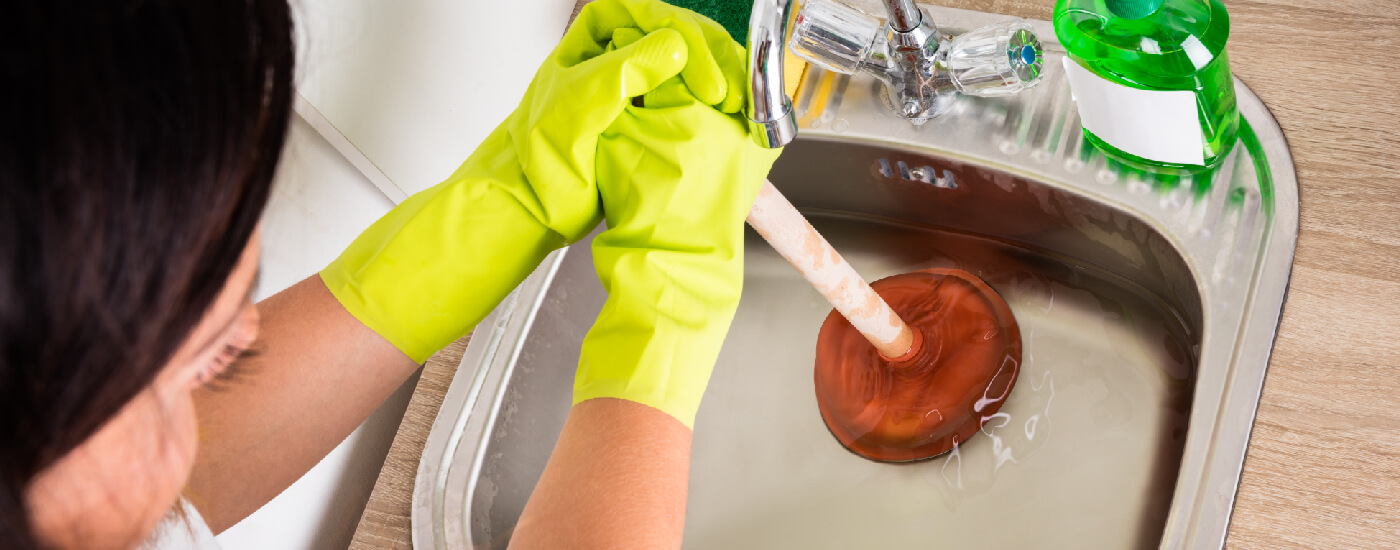The article down the page on the subject of How To Use Your Toilet Plunger Correctly in 5 Easy Steps is really entertaining. Have a go and draw your own ideas.

Intro
Proper upkeep of family drains is crucial for stopping clogs and ensuring smooth water circulation. One of the secret devices in every property owner's toolkit is the bettor, alongside numerous drain cleaners made to tackle persistent obstructions effectively. This post discovers how to utilize bettors and drainpipe cleaners efficiently to keep your drains pipes moving openly.
Area 1: Understanding Plungers
Kinds of Plungers
There are a number of kinds of bettors offered, each created for various sorts of drains pipes and obstructs. One of the most typical kinds include mug bettors, flange bettors, and accordion plungers.
Exactly How Plungers Work
Plungers deal with the principle of producing stress and suction to dislodge clogs. When correctly applied over a drain, they develop a vacuum cleaner that can take out particles or break up obstructions.
Choosing the Right Plunger
Selecting the right bettor relies on the type of drainpipe and the nature of the blockage. Mug plungers are excellent for sinks and tubs, while flange plungers are much better matched for toilets because of their style.
Usual Mistakes with Bettors
Avoiding these blunders guarantees efficient plunging: inappropriate seal around the drainpipe, not enough pressure, and unclear bordering particles.
Section 2: Making Use Of Plungers Effectively
Preparation
Prior to diving, make certain the bettor covers the drain totally and forms a limited seal. Clear any kind of noticeable debris around the drainpipe opening.
Method
Begin with gentle diving movements to build suction. Rise stress gradually, making use of a consistent rhythm. Repeat as necessary till the drain gets rid of.
Fixing Tips
If diving doesn't function, try readjusting the seal, using petroleum jelly for a better seal, or making use of a different sort of plunger.
Area 3: Comprehending Drainpipe Cleaners
Sorts Of Drainpipe Cleaners
Drain pipes cleansers can be chemical or enzymatic. Chemical cleaners utilize solid chemicals to dissolve clogs, while enzymatic cleansers make use of natural enzymes to break down organic matter.
Exactly How Drainpipe Cleaning Company Work
Chemical cleansers respond with clogs to liquify them, while chemical cleaners break down natural materials like hair and oil without hurting pipelines.
Security Factors to consider
Always use gloves and eye protection when using chemical drainpipe cleansers. Make certain ample air flow and comply with producer instructions carefully.
Eco-Friendly Alternatives
Take into consideration making use of vinegar and baking soda or enzyme-based cleansers for environment-friendly options that are more secure for pipes and the setting.
Section 4: Making Use Of Drain Cleaning Company Efficiently
Application Strategies
Pour chemical cleansers straight into the drainpipe opening. Allow them to help the advised time before purging with hot water. Enzymatic cleaners must sit overnight.
Preventative measures
Avoid blending various types of cleaners, as this can create poisonous fumes. Never ever use chemical cleaners combined with a bettor, as spilling can occur.
Dealing With Stubborn Blockages
For consistent blockages, think about utilizing a plumbing serpent or calling a specialist plumbing professional to stop damages to pipes.
Verdict
Finally, understanding exactly how to make use of plungers and drain cleaners successfully is important for preserving healthy and balanced pipes systems. By picking the right devices and techniques, homeowners can tackle minor clogs and avoid major plumbing issues down the line.
How to Use a Plunger to Unclog a Drain
The humble plunger is a simple yet effective tool for breaking clogs in sinks, tubs and toilets. This handy tool is easy to use. You can make the most of its power if you understand how it works. Ready to dive in? Here’s what you need to know.
Safety First!
Never use a plunger with drain chemicals. Water will splash as you work, and the chemicals can spatter, burning skin and eyes. It’s a good idea to use rubber gloves and wear safety goggles when you work on a clog.
Choose the Right Tool for the Job
Plungers come in two different styles. Sinks, bathtubs and showers require a cup plunger. Like its name suggests, the rubber end is shaped like a cup. Use a flange plunger on toilets. These plungers have a rubber funnel extending from the cup. A plunger needs to be big enough to cover the drain.
Ready, Set, Plunge!
- Coat the rim: Coat the plunger rim with petroleum jelly. This helps make a better seal.
- Block outlets: Hold a wet rag over nearby outlets such as the overflow vent or the drain in a second sink.
- Release air: Insert the plunger at an angle into the water. Water will displace air in the cup. A water-filled cup is more forceful than one filled with air.
- Keep the plunger upright: Hold the plunger perpendicular to the drain. Use fast, forceful strokes, but make the first stroke gentle. The first stroke can create a splash if the cup still contains air. Thrust the plunger 15 to 20 times.
- Snap off the plunger: The final stroke should be a strong upward motion that ends when the plunger snaps off the drain.
- Repeat the process: you may need to repeat this sequence several times. When the water drains away, your work is done. High-five!
https://plumbernw.com/blog/how-to-use-a-plunger-to-unclog-a-drain/

I am very serious about How To Use Your Toilet Plunger Correctly in 5 Easy Steps and I am praying you appreciated my entry. Remember to pause to promote this blog post if you liked it. Thank you so much for going through it.
Pricing
Comments on “Applying Plungers and Drain Cleaners: Best Practices”